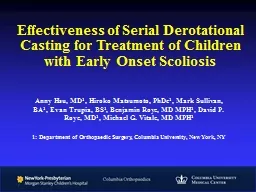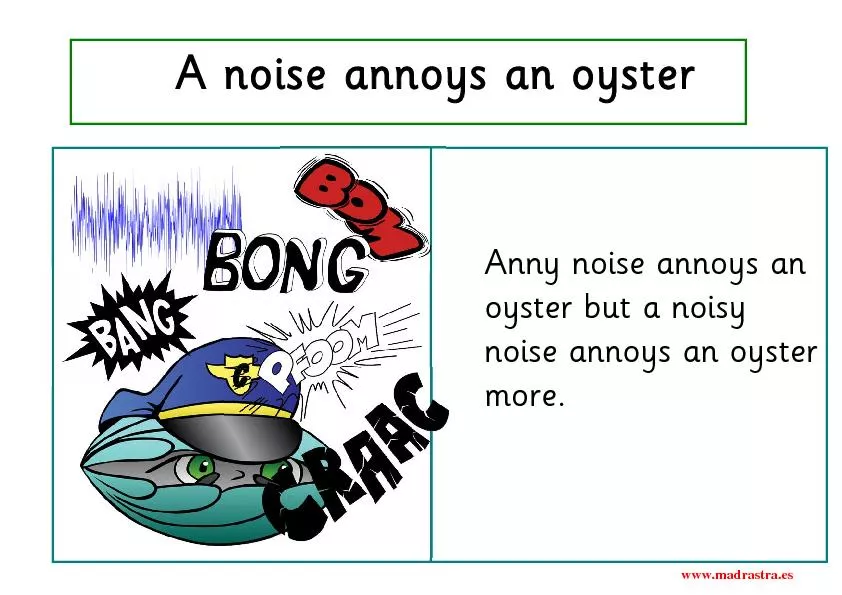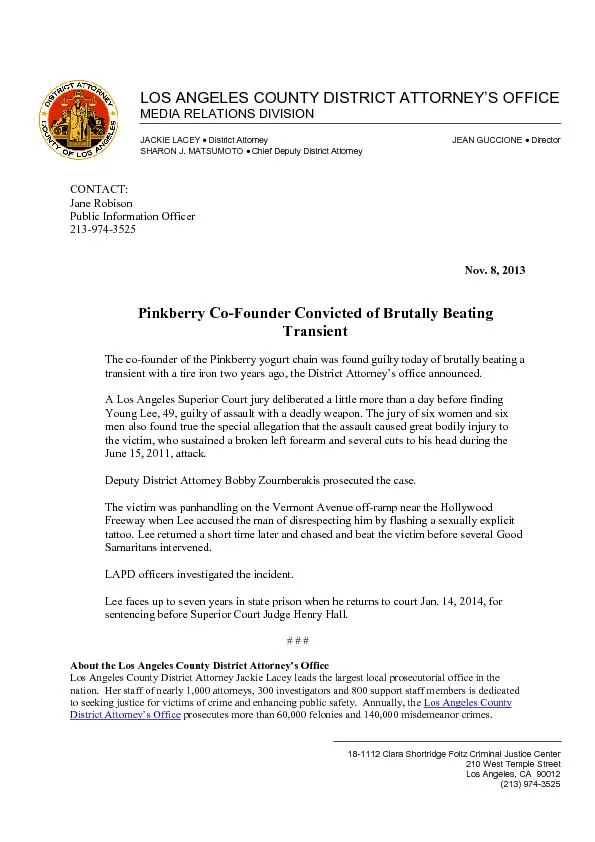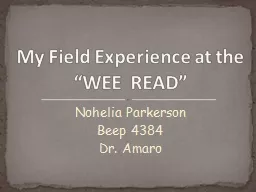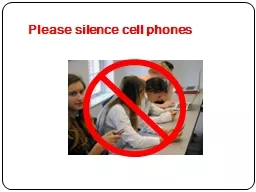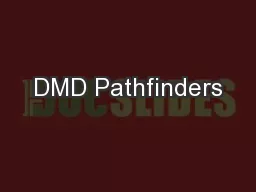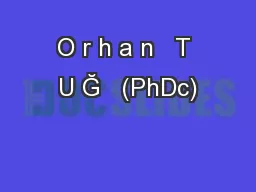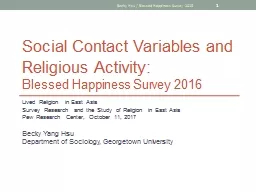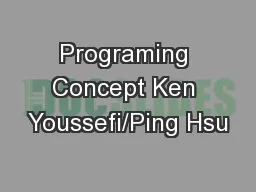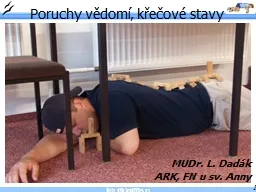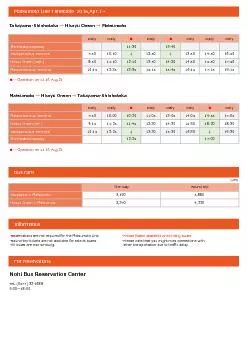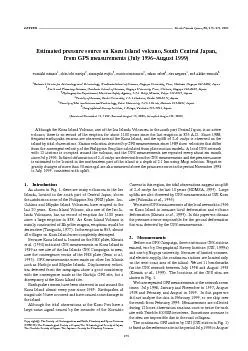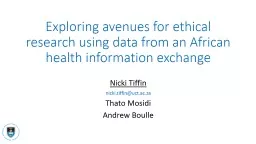PPT-Anny Hsu, MD 1 , Hiroko Matsumoto, PhDc
Author : danika-pritchard | Published Date : 2020-04-03
1 Mark Sullivan BA 1 Evan Trupia BS 1 Benjamin Roye MD MPH 1 David P Roye MD 1 Michael G Vitale MD MPH 1 1 Department of Orthopaedic Surgery Columbia University
Presentation Embed Code
Download Presentation
Download Presentation The PPT/PDF document " Anny Hsu, MD 1 , Hiroko Matsumoto, PhDc" is the property of its rightful owner. Permission is granted to download and print the materials on this website for personal, non-commercial use only, and to display it on your personal computer provided you do not modify the materials and that you retain all copyright notices contained in the materials. By downloading content from our website, you accept the terms of this agreement.
Anny Hsu, MD 1 , Hiroko Matsumoto, PhDc: Transcript
Download Rules Of Document
" Anny Hsu, MD 1 , Hiroko Matsumoto, PhDc"The content belongs to its owner. You may download and print it for personal use, without modification, and keep all copyright notices. By downloading, you agree to these terms.
Related Documents

